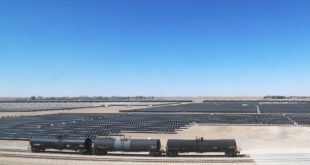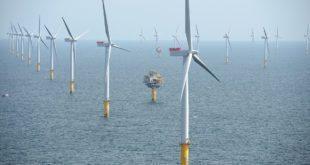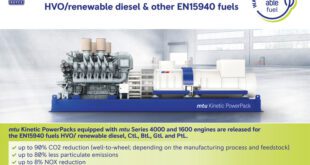Carbon credits are measured in units of certified emission reductions. Each CER is equivalent to one ton of carbon dioxide reduction. Carbon Credits are going to hold the same value where ever you are because CO2 has a global impact. Carbon credits provide a way to reduce climate change and greenhouse effects by capping annual emissions. The credits let the market assign a monetary value to any shortfall through trading and are a key component of both national and international emissions trading schemes available to prevent global warming.
Carbon credits for sequestered carbon are not an annual payment. In order to receive further credits, the level of soil carbon would need to be further increased. Carbon credits are a part of international emission trading norms. They incentivise carbon credits companies or countries that emit less carbon. Carbon credits involve calculating one’s emissions and then purchasing offsets from emission reduction projects. These projects have either prevented or removed an equivalent amount of carbon dioxide elsewhere, or promise to prevent or remove an equivalent amount of carbon dioxide in the future.
Companies or other groups that emit the pollutant are given carbon credits or allowances which represent the right to emit a specific amount. The total amount of credits cannot exceed the cap, limiting total emissions to that level. Companies or other groups are issued emission permits and are required to hold an equivalent number of allowances (or credits) which represent the right to emit a specific amount. The total amount of allowances and credits cannot exceed the cap, limiting total emissions to that level. Companies that sell carbon credits also have vastly different business models. Some function as little more than middlemen—buying up credits and selling them at a markup.
Companies for home energy solutions who will be emitting more carbon than they have permits to emit must therefore buy additional credits on the open market, while those who will emit less can sell their credits.
Project developers can then sell these offsets to finance their projects. Projects involving solar, wind and hydroelectric power generate energy from renewable sources instead of fossil fuels. Others reduce fuel use by increasing efficiency, switching fuels, or generating heat and electricity together .
Countries within the EU ETS have granted their incumbent businesses most or all of their allowances for free. This can sometimes be perceived as a protectionist obstacle to new entrants into their markets. Countries that did pass the Kyoto treaty now have set caps on greenhouse gas emissions. If a country emits less greenhouse gases than the cap calls for, it receives carbon credits that it can turn around and sell on worldwide carbon exchanges.
 Alternative Energy HQ solar power for homes, wind energy, and bio fuel issues
Alternative Energy HQ solar power for homes, wind energy, and bio fuel issues






